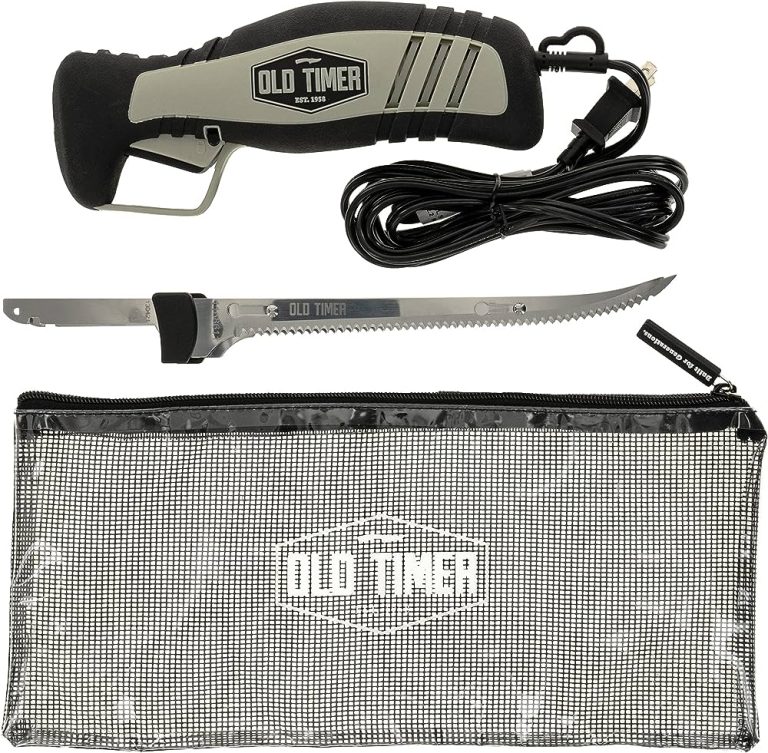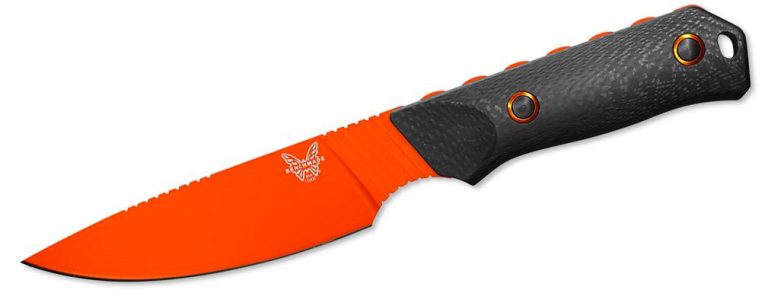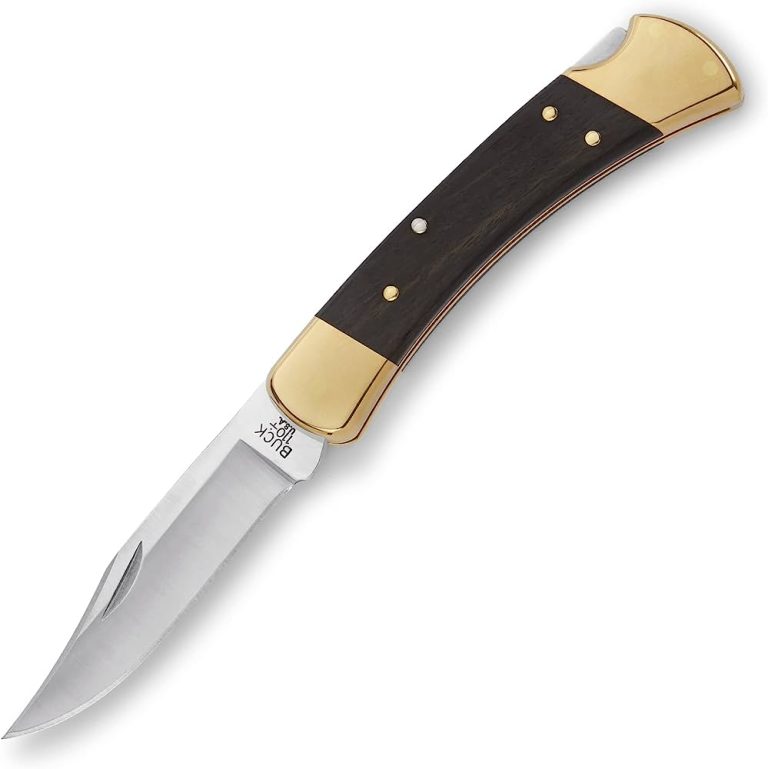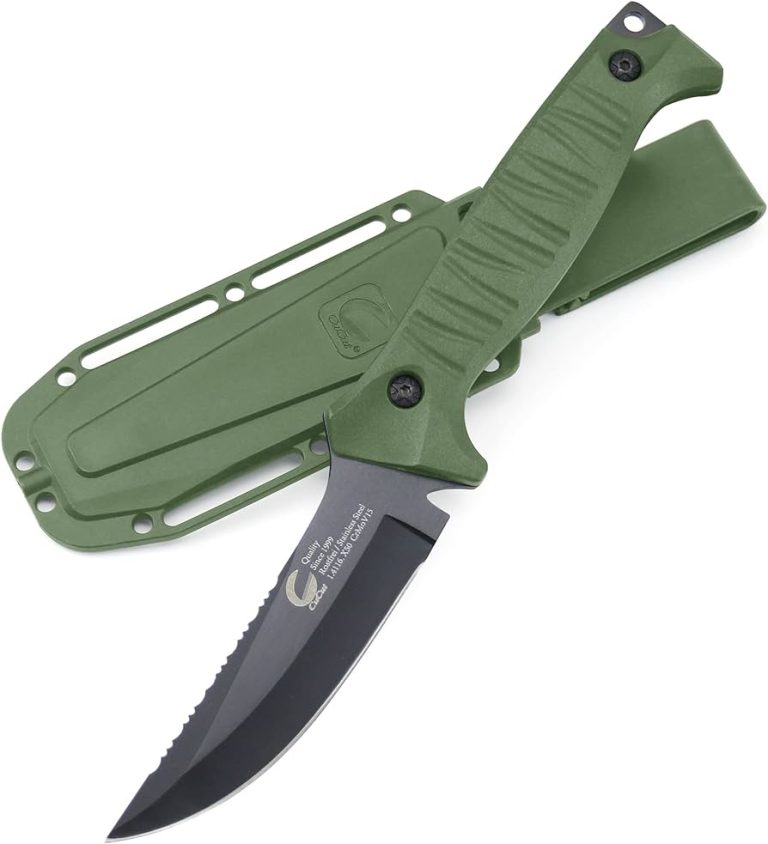How to Sharpen a Serrated Knife
To sharpen a serrated knife, choose a sharpening rod and place it against the teeth of the knife at a slight angle, then move it back and forth along each tooth until sharp. Maintaining the sharpness of a serrated knife is essential for efficient cutting and a longer lifespan.
Serrated knives are commonly used for slicing bread, tomatoes, and other delicate fruits and vegetables due to their scalloped edge, which grips the food and prevents tearing. In this guide, we will walk you through the steps to sharpen a serrated knife and provide some helpful tips for maintenance.
By following these instructions, you can keep your serrated knife performing at its best and enjoy precise, smooth cuts every time.
Why Sharpening A Serrated Knife Is Important
Why Sharpening a Serrated Knife is Important
Maintaining the functionality of your serrated knife is crucial for its proper performance. Sharpening the blade helps to ensure that the knife remains effective and efficient in its cutting tasks. Regular maintenance and sharpening not only enhance the cutting performance of the knife but also extend its lifespan.
One of the key benefits of sharpening a serrated knife is the improvement in its cutting performance. A sharp and well-maintained serrated blade allows for clean and precise cuts, making it easier to slice through various foods or materials. This can significantly enhance your cooking experience and overall productivity in the kitchen.
Furthermore, regular sharpening helps avoid accidents and injuries. A dull serrated knife can be more challenging to control, increasing the risk of slipping and causing unintentional cuts. Keeping the blade sharp reduces the effort required, minimizing the chances of accidents and ensuring a safer cutting experience.
| Benefits | Description |
|---|---|
| Enhancing cutting performance | Regular sharpening ensures a sharp and efficient serrated blade, producing clean and precise cuts. |
| Avoiding accidents and injuries | Maintaining a sharp edge reduces the risk of slips and unintended cuts, providing a safer cutting experience. |
Understanding The Anatomy Of A Serrated Knife
Understanding the Anatomy of a Serrated Knife:
A serrated knife is a versatile tool that can make cutting through tough materials effortless. It consists of a serrated blade that sets it apart from traditional straight-edged knives. The key characteristics of a serrated blade include teeth-like serrations along the cutting edge, which provide improved cutting performance. These serrations differ in shape, depth, and spacing, resulting in different types of serrated edges.
| Types of Serrated Edges | Characteristics |
|---|---|
| Scalloped Serrations | Wide U-shaped serrations with rounded tips |
| Pointed Serrations | Narrow, triangular serrations with sharp tips |
| Wavy Serrations | Curved serrations with alternating peaks and valleys |
Common serrated knife designs include bread knives, steak knives, and utility knives. Bread knives have long, serrated blades that effortlessly cut through crusty bread without crushing it. Steak knives have shorter serrated blades to glide through meat easily, while utility knives are versatile options for various cutting tasks. Understanding the anatomy of a serrated knife, including its blade and serration types, allows you to appreciate its unique functionality and choose the right knife for specific tasks.
Step-By-Step Guide To Sharpening A Serrated Knife
Choosing the right sharpening tools is crucial for sharpening a serrated knife effectively. Start by preparing the knife for sharpening.
When preparing the knife, it is important to ensure its cleanliness. Remove any dirt or debris and wipe it down with a damp cloth.
Now, let’s move on to sharpening the serrated edges. One option is to use a sharpening rod. Hold the rod against the serrations and move it back and forth to sharpen each tooth.
Another option is to use a sharpening stone. Place the stone flat on a stable surface and move the knife along the stone, focusing on the serrated edges.
If you prefer a more aggressive approach, a diamond file can be used. Gently file each serration, being careful not to damage the blade.
While sharpening, ensure even sharpening across all serrations. Pay equal attention to each tooth, maintaining a consistent angle.
After sharpening, test the sharpness of the knife by carefully running your finger along the serrated edge. Be cautious to avoid any accidents.
| Tools | Techniques |
|---|---|
| Sharpening rod | Moving back and forth against serrations |
| Sharpening stone | Using a stable surface and drag knife along the stone |
| Diamond file | Gently filing each serration |
Tips And Tricks For Maintaining A Sharp Serrated Knife
Proper storage plays a crucial role in maintaining the sharpness of your serrated knife. It is important to store the knife in a safe and secure place to avoid damage. Cleaning and maintenance are essential to prevent the blade from getting dull. Make sure to clean the knife after every use, removing any food particles or residue. Avoid actions that can dull the blade, such as using the knife on hard surfaces or cutting through bones. To keep the knife sharp between sharpenings, honing is key. Use a honing rod to realign the blade and maintain its cutting edge. By following these tips and tricks, you can ensure that your serrated knife remains sharp and effective for a long time.
Common Mistakes To Avoid
The process of sharpening a serrated knife can be tricky, but it’s important to avoid common mistakes that can damage the blade. One mistake to avoid is over-sharpening the serrations. While you want to ensure the blade is sharp, sharpening too much can cause the serrations to become ineffective. Another mistake is using the wrong sharpening method. Serrated knives require a special sharpening tool, such as a ceramic rod or a diamond sharpener, to maintain their unique edge. Neglecting the honing process is another mistake to steer clear of. Honing the knife regularly helps to maintain its sharpness between sharpenings. Lastly, applying too much pressure while sharpening can lead to uneven sharpness and excess wear on the blade. Take care to use a gentle and controlled motion when sharpening a serrated knife to avoid these common mistakes.
Frequently Asked Questions
|
How often should I sharpen a serrated knife? It is recommended to sharpen a serrated knife only when it starts to show signs of dullness. Unlike straight-edged knives, serrated knives don’t need frequent sharpening as their serrations help maintain the cutting ability for a longer time.
Can I use an electric sharpener for serrated knives? No, electric sharpeners are not suitable for serrated knives as they can damage the serrations. Instead, it is best to use a handheld sharpener specially designed for serrated knives or have them professionally sharpened. What are the signs that a serrated knife needs sharpening? Some signs that indicate a serrated knife needs sharpening include difficulty cutting through food, tearing instead of cleanly slicing, and increased effort needed to make cuts. If you notice these signs, it’s time to sharpen your serrated knife. Can a serrated knife be professionally sharpened? Yes, serrated knives can be professionally sharpened. However, not all knife sharpening services may offer this service, so it’s important to find one that specializes in sharpening serrated knives to ensure they are sharpened properly. |
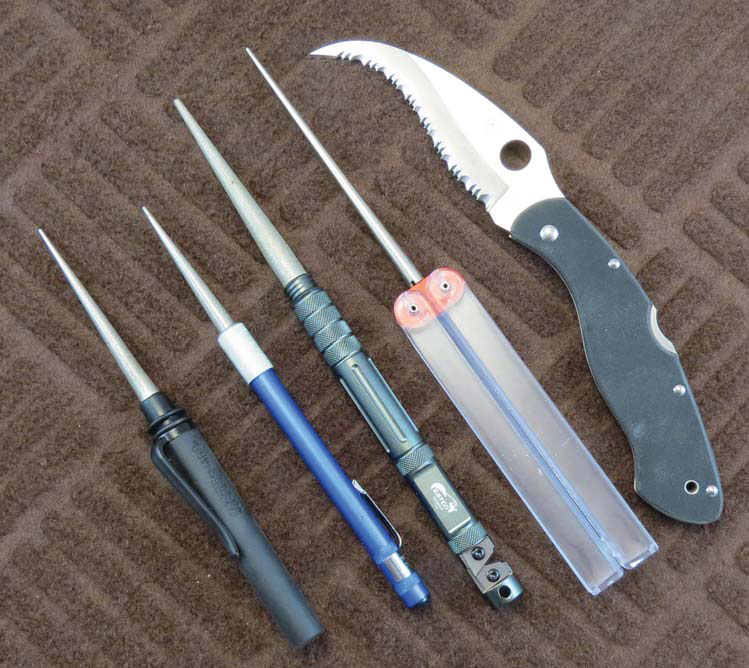
Credit: blademag.com
Conclusion
When it comes to keeping your serrated knife sharp, proper maintenance is key. By following these simple steps outlined in this guide, you can ensure that your knife remains effective and safe to use. Remember to start with the right tools, like a sharpening rod or a serration sharpener specifically designed for serrated knives.
Take your time and use a gentle touch when sharpening, following the curvature of the serrations. Regular maintenance and honing will help preserve the sharpness of your knife’s teeth. Lastly, always remember to exercise caution and safety when handling a sharpened knife.
By incorporating these techniques into your knife care routine, you can enjoy the benefits of a sharp serrated knife for years to come. With a little bit of practice and attention, you’ll be able to master the art of keeping your serrated knife razor-sharp.
So go ahead, give it a try, and experience the joy of effortlessly slicing through bread, tomatoes, and other foods with ease.

